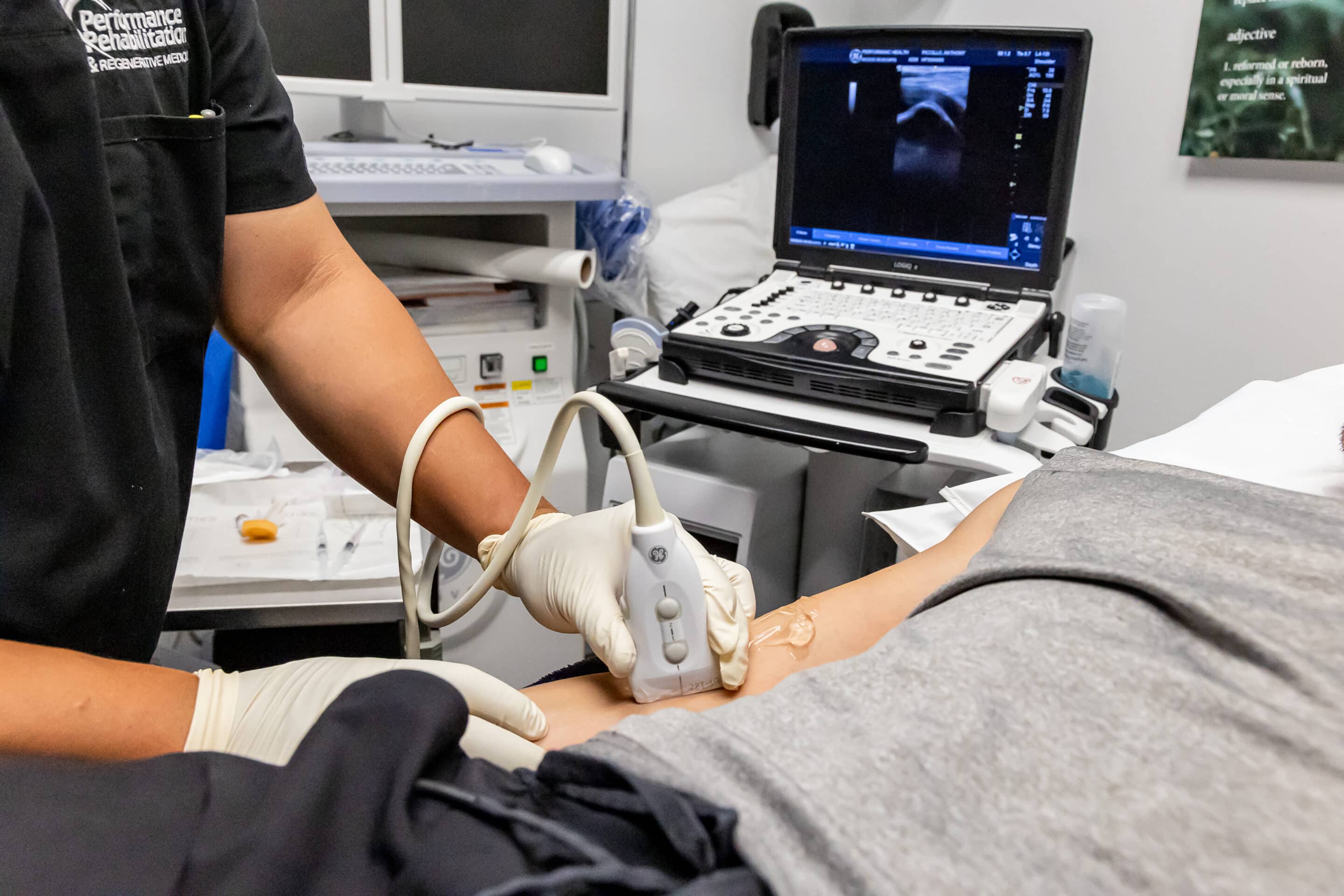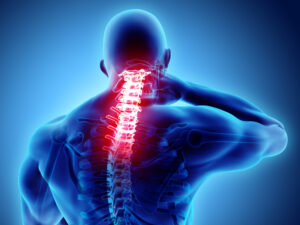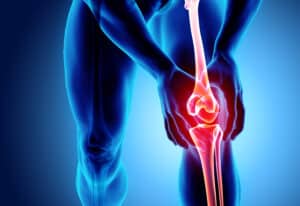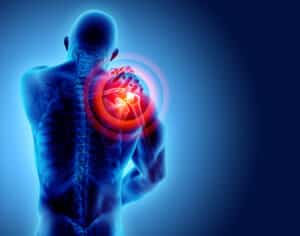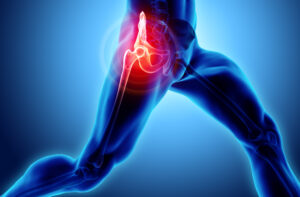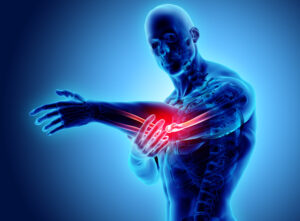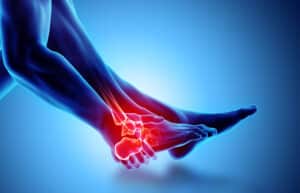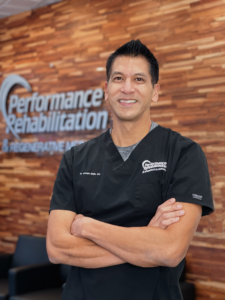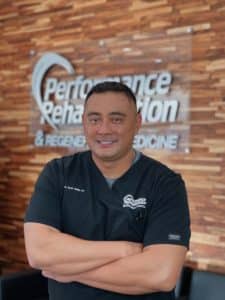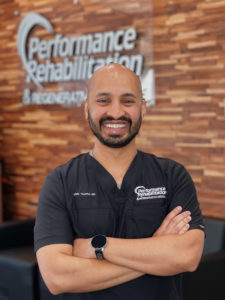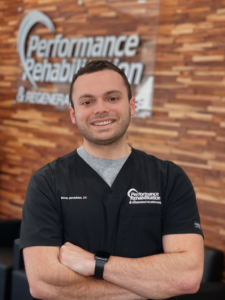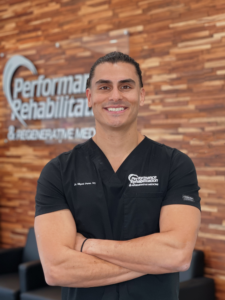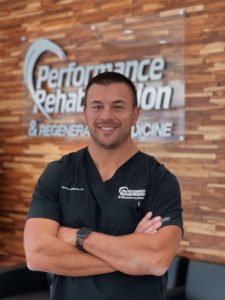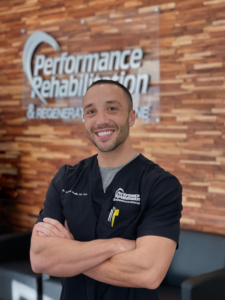
What is Achilles Tendonitis?
The strong thick tendon located below the calf muscle that attaches to the heel is known as the Achilles tendon. Athletes may have experienced pain in this area which is traditionally referred to as Achilles tendonitis. This is an overuse injury that is seen in runners and people participating in court sports such as racquetball. Problems begin when there is an increase in intensity and duration of workouts leading to chronic repetitive strain. Overtime small tears can occur in the tendon which develop scar tissue and inflammation. Symptoms of Achilles tendonitis include pain and stiffness along the tendon itself and into the heel. Severe pain is also experienced typically after an intense workout routine. In severe cases swelling may be visualized at the site of injury and often worsens throughout the day especially with prolonged walking.
Causes of Achilles Tendonitis
Chronic overuse of this tendon makes an exact mechanism difficult to identify for Achilles tendonitis when traumatic rupture or trauma is not present. A thorough physical examination, diagnostic ultrasound and x-ray imaging allow for clinical diagnosis of Achilles tendonitis. Majority of the cases seen are due to the small repetitive forces placed on the tendon and problems arise when athletes begin overtraining demanding too much, too soon from their bodies. Factors that predispose us to injury are sometimes difficult to identify without further testing. Issues that can predispose us to Achilles tendonitis may include bone spurs and tight calf muscles. A bone spur often may develop on a bone in the foot known as the calcaneus (heel), which can lead to irritation of the tendon. Tightness of the calf can also put added stress on the tendon, making the tendon susceptible to injury.
Conventional Treatments for Achilles Tendonitis
Achilles tendonitis usually responds well to conservative intervention if appropriate action is taken. Due to the chronic nature of this condition, it may take several months for problems to resolve. Rest is the first step taken in order to reduce pain. Activity modification is a major factor when dealing with an Achilles tendon injury. Modification of activity includes switching high power exercises to lower power intensities in order to reduce the demand placed on the Achilles tendon. Healthcare experts will often incorporate cross training, in order to prevent de-conditioning of individuals. Ice is also a great way to help recover from this injury.
At Performance Rehabilitation & Regenerative Medicine we incorporate state of the art vasopneumatic compression therapy (cryotherapy with compression) known as GameReady, to help decrease swelling. Typically Achilles tendon injuries respond very well to physical therapy, which helps to reduce the pain and inflammation initially. Once the early stages of the injury are taken care of, the physical therapist will help re-condition and strengthen the area. Patients who do not respond to conservative treatments, may be a candidate for Tenex Health TX®– a non-invasive procedure that has shown excellent results.
Tenex Health TX® Therapy
Until now, medical management of chronic severe Achilles tendon injuries included non-steroidal anti-inflammatory medications (NSAIDs) and cortisone injection therapy. However, due to the high risk of tendon rupture, cortisone is rarely used on these injuries. In Recent history, medical intervention has been somewhat limited for this injury, but state of the art Tenex Health TX® therapy is now available to treat this chronic injury. Designed by the Mayoclinic, Tenex Health TX® therapy uses high frequency ultrasound to help remove damaged tendon tissue, helping you get back to living an active lifestyle. This procedure involves using ultrasound imaging, the same kind used to see babies in the womb, allowing the physician to identify the location of the damaged tendon and scar tissue. The physician will make a micro incision at the injured site and then use the TX Microtip (which is the size of a tooth pick). The TX Microtip will then remove only damaged tissue using high frequency ultrasound. The advantages of Tenex Health TX® therapy includes very quick pain relief, local anesthetic, and no sutures or stitches.
Available at Performance Rehabilitation & Regenerative Medicine, Tenex Health TX® therapy is the “next level” of interventional medical management for chronic tendon injuries.
If you have questions or find yourself or someone you know suffering from Achilles tendonitis, or if you know someone that may be suffering, please feel free to contact one of our patient care coordinators at 908-754-1960 or you may book an appointment online.
About the Authors:
Joseph Mejia D.O., F.A.A.P.M.& R, is a graduate of University of Michigan and West Virginia School of Osteopathic Medicine. He is Board Certified in Physical Medicine & Rehabilitation and Sports Medicine. Dr. Mejia received his Fellowship Training in Interventional Pain Management from University of Medicine and Dentistry. He has advanced training in Regenerative Medicine and is the Medical Director and Partner of Performance Rehabilitation & Regenerative Medicine.
Vincent J. Diana D.C. is a graduate of New York Chiropractic College. He is a Board Certified Chiropractic Physician with licenses held in New Jersey and Pennsylvania. Dr. Diana is a Chiropractic Physician at Performance Rehabilitation & Regenerative Medicine.

